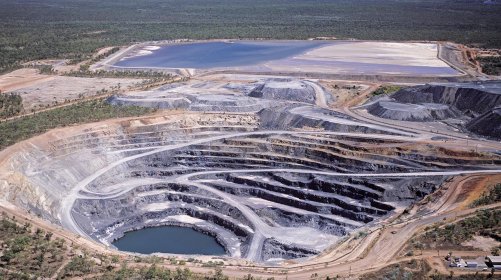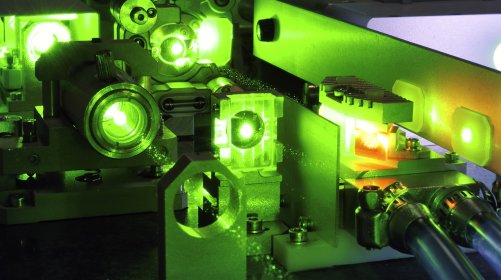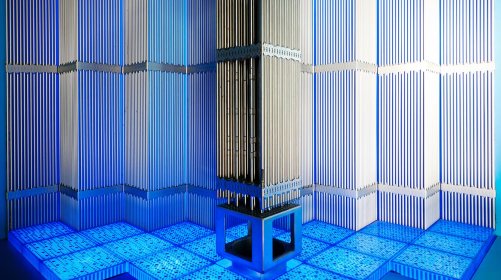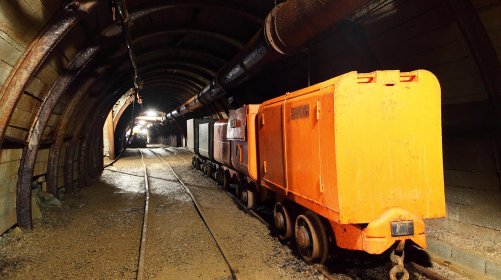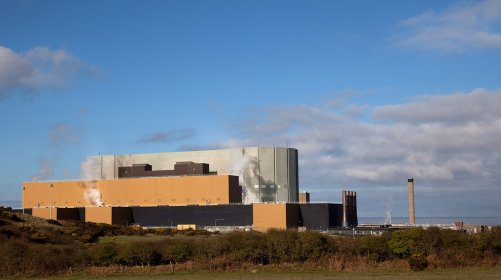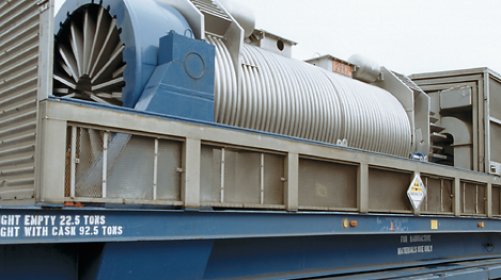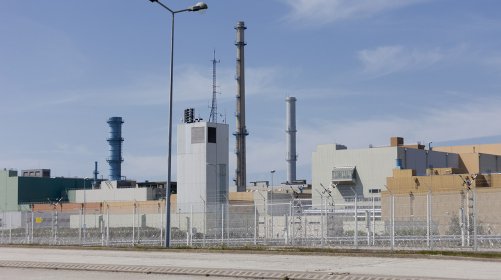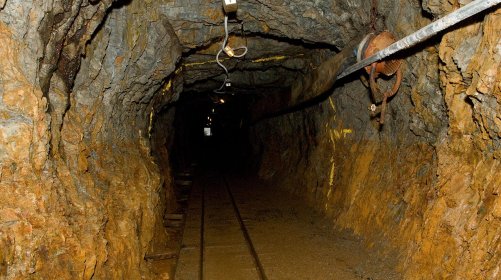
Nuclear Fuel
The life-cycle of fuel for nuclear power plants starts with mining the uranium ore, chemically extracting the uranium, and its initial processing. Because natural uranium contains only 0.7% of the fissionable isotope 235U, it must be enriched before the fuel pellets are made. The most frequently used methods are gaseous diffusion and enrichment using a centrifuge. The next step is the actual fuel pellet production depending on the reactor type for which they are intended. The nuclear fuel decays inside a reactor after approximately four years while it is used to generate electricity. The spent fuel is temporarily stored and cooled in interim storage facilities or is reprocessed. Its life-cycle terminates when the fuel is permanently stored in a final deep geological repository.



